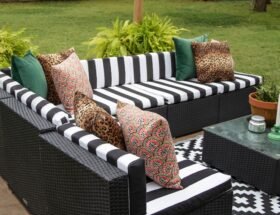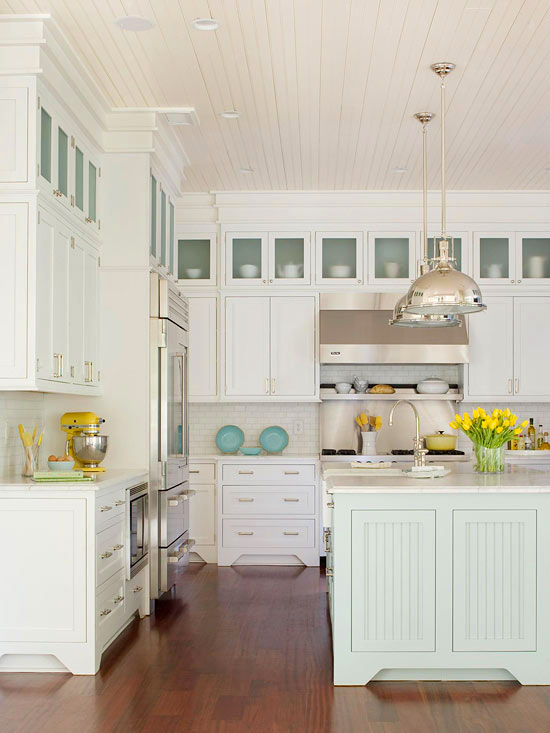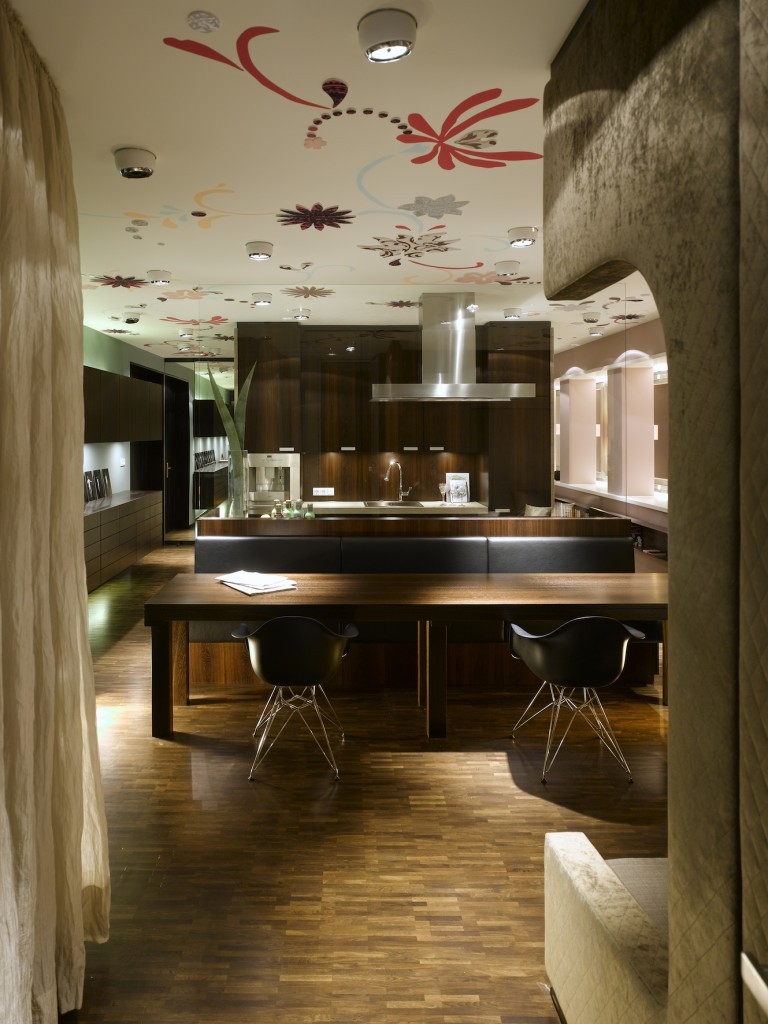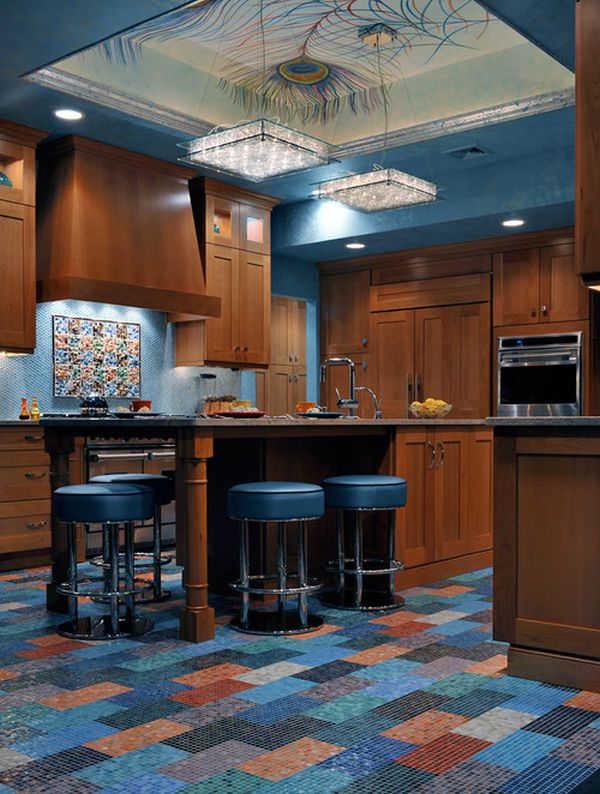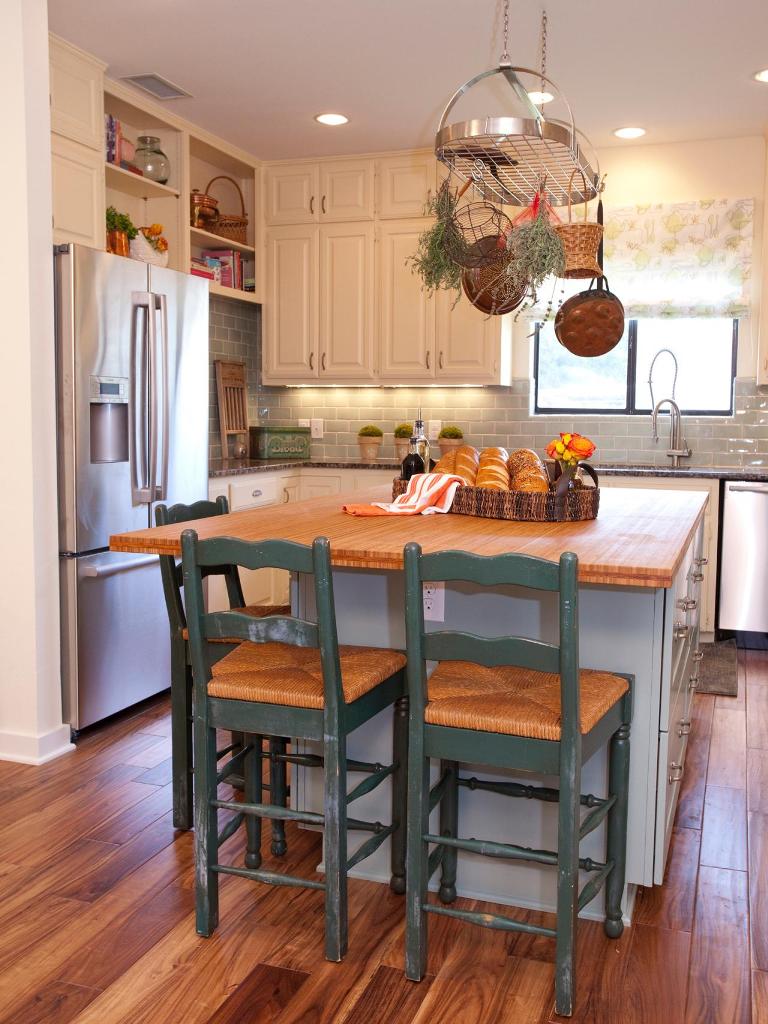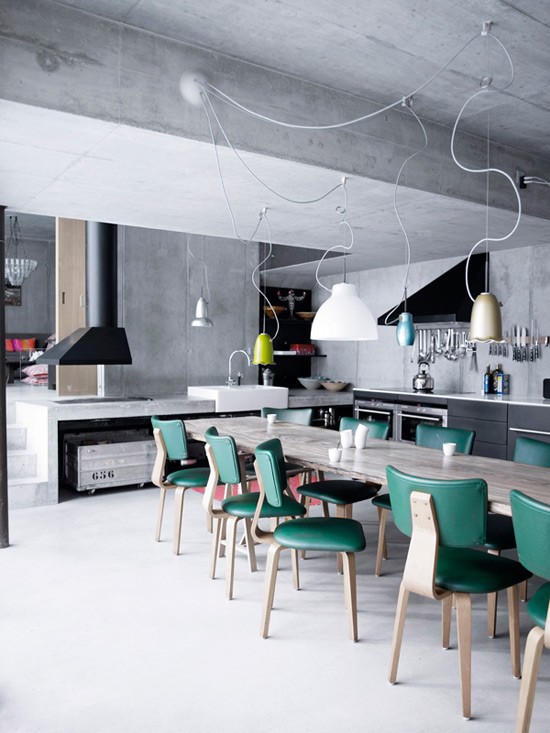Immerse yourself in the essence of kokedama, a Japanese technique of hanging arrangements, with simplicity and elegance. And learn to do yours! Making the air calmer, more alive and natural are achievements possible with kokedama. These plant arrangements suspended in the environment bring simplicity and elegance to the projects, in the best oriental style of decoration.

Kokedama plays with the law of gravity when it is hung by nylon threads, looking like it levitates
In the universe of floral arrangements, kokedama stands out. Including, it gains even more breath today, thanks to new concepts of sustainable projects with a focus on wellness.
In this article, you will learn about the tradition and beauty of kokedama with the help of designer and owner of Wabi-Sabi Ateliê , Laura Sugimoto. You will also learn how to assemble your arrangement and decorate with it.
1- What is kokedama?
 Nylon strands or sisal ropes provide support for the arrangement to stand up while decorating the room
Nylon strands or sisal ropes provide support for the arrangement to stand up while decorating the room
A kokedama is literally a ball of moss, as koke means “moss” and lady means “ball”. This union of words very well characterizes this type of flower arrangement that spans centuries.
Of Japanese origin, kokedama was born to levitate. In other words, this is a hanging arrangement, which gives the essence and design typical of hanging plants.
Laura, who has a studio dedicated to oriental arrangements, explains how kokedama is characterized in practice. “Its assembly is made with a specific step-by-step and selected materials, which can vary according to the need, so that the ready arrangement becomes simpler to care for”.
Apart from the moss — which binds the arrangement — it takes the same “ingredients” that the cultivation of species in pots requires. Thus, earth, clay and even small stones are part of the kokedama, ensuring the consistency and design of the piece.
2- What is the story of kokedama?
 “It can be considered a simplified bonsai technique”, says Laura about kokedama
“It can be considered a simplified bonsai technique”, says Laura about kokedama
Kokedama has a curious origin. In Japan, imperial and wealthy families decorated their palaces and homes with bonsai. However, this type of arrangement was costly for people with lower financial conditions.
Thus, disadvantaged families began to assemble hanging arrangements using sisal ropes and the technique of mixing earth with clay. From this economic alternative was born this art that was perfected and stands out today.
3- Which plants to grow in suspended arrangements?

There is a certain technical limit which means that not all species can be used
These oriental arrangements are quite democratic about the types of plants that can be cultivated.
“Basically, all plants can become a kokedama, but there are those that are more resistant and adapt better to the arrangement”, explains Laura.
Some of the main plant species to grow in kokedama are:
- Chamaedorea palm;
- Adam’s rib;
- deer’s horn;
- fern;
- philodendrons;
- zamioculca;
- succulents;
- orchids;
- begonias;
- cacti;
- boa constrictor;
- jade.
4- How to assemble the oriental arrangements?
Kokedama arrangements are very easy to make. In other words, it’s a great option to join the family and make several in a short time.
5- SEPARATE THE MATERIALS
First, you must set aside some materials to make your arrangement. Check out the articles to build your kokedama:
- pebbles — if you want to give more consistency to the arrangement;
- sisal rope roll;
- clay or live moss;
- nylon wire;
- scissors;
- Water;
- Earth.
6- CLEAN PLANT ROOT
After choosing the plant that will be used in the kokedama, you should clean its roots, removing excess soil.
Also try to leave the roots a little more separated, so that they fit better in the “new house”.
7- MIX THE EARTH
 With proper assembly, your kokedama only needs adequate space and watering to look good
With proper assembly, your kokedama only needs adequate space and watering to look good
Gradually mix the earth with the water so that it starts to get sticky. At this point, you can add the pebbles if you like. With the land well consistent, your arrangement can already take shape.
8- PUT THE MIXTURE ON THE PLANT
Take the plant and start to stick the soil to the roots, forming a ball. Do this until you reach the desired size, always respecting the limit of the space where you intend to decorate with the arrangement.
9- TIE THE EARTH BALL
With the ground ball made, it’s time to “seal” the piece.
You can use live moss or clay, passing them on the earth ball. After spreading the chosen material, start tying the arrangement with the sisal rope.
Thread the string over the ball several times until you reach the design you want and provide the necessary support for the arrangement not to fall apart.
Finally, just tie a knot and cut off the excess string.
10- HANG
You can use sisal rope or nylon string for hanging. The first gives a more rustic look, while the second gives the impression that the kokedama floats in the air.
Having made the choice, pass the wire a few times around the arrangement and suspend it, supported by hooks on the ceiling. Your kokedama is ready.
11- How to take care of a kokedama?

Kokedamas require some very basic care so that they are showy and perennial.
Laura teaches that the treatments with the arrangements are “like in a normal vase, as the care for lighting, fertilizing and watering depends on each species of plant”.
12- LIGHTING
Every plant needs its daily dose of lighting . So see if the species you’ve chosen for the arrangement likes direct or indirect sun.
So, you must place the kokedama in the most strategic place so that the plant receives the right amount of sunlight.
13- FERTILIZING
 During watering, use a cloth to wipe up the water that falls on the floor and leave the environment clean
During watering, use a cloth to wipe up the water that falls on the floor and leave the environment clean
Fertilizing for kokedama must be done with liquid fertilizers mixed with water. Whether for growth, strengthening or flowering, always make sure your plant’s cycle is and fertilize according to its time.
14- WATERING
There are basically two ways to water a kokedama: with a bucket of water or a sprinkler.
In the first mode, you must fill a bucket with water and sink the kokedama into it, hanging or not. In order for the soil to absorb the liquid well, leave it for a few minutes and then remove.
In the second, all you have to do is sprinkle water on the earth and leaves. This mode is more suitable when the species requires few watering, such as succulents.
15- How to decorate with kokedama?

Kokedama has gained versatility and contemporaneity over the years. So, more than just hanging, it can be used in different ways and in many places, in addition to being suspended.
16- WITH WOODEN FRAME
There are wooden frames for kokedamas, which give a very contemporary look to the piece and combine with spaces in this decorative style.
Frames look good when used indoors, such as living rooms and bedrooms, as exposed wood tends to rot over time.
17- WITH NATURAL ELEMENTS
 Kokedamas on shelves and shelves blend well with the environment and lighten the furniture
Kokedamas on shelves and shelves blend well with the environment and lighten the furniture
Kokedamas can be seen as garden beds, with natural decorations to adorn them.
Wood, stones and other items that match the proportion and style of the arrangement are welcome in this model.
18- WITH IRON SUPPORT
In the same way as the wooden frames, the iron supports, painted or not, guarantee a very modern look to the arrangements.
There are iron bases painted black or white, which are used for vases and can support the kokedama. Measure the diameter of each bracket to make balls of earth in measurements that fit together.
19- STRAIGHT ON THE TABLE
 Home offices deserve a touch of nature, which brings health and productivity gains
Home offices deserve a touch of nature, which brings health and productivity gains
Whether small or large, kokedamas can be used directly on tables, supported on a small plate or other support, or even without. This works well outdoors such as porches and balconies.
20- VERTICAL GARDEN
Kokedama can also be used for setting up vertical gardens. Just place several arrangements supported by hooks on the ceiling, almost leaning against the wall, forming a cascade of plants.
In terms of design, both the design of the waterfall and the filling of the wall just depend on what the environment and your taste allow.
21- SUSPENDED
The more traditional style of kokedama has no limits for its use in decoration. In this line, the arrangement can decorate rooms, bedrooms and bathrooms, following the original Japanese application: just one piece in a strategic location, to highlight.
22- ON THE CEILING
 Leaving the arrangements a short distance from the ceiling will make the beauty of the plants appreciated and create a “vegetable luster”
Leaving the arrangements a short distance from the ceiling will make the beauty of the plants appreciated and create a “vegetable luster”
Although they were created to be appreciated up close, kokedamas can be used high up, forming panels on the ceiling. This alternative is well suited to projects that have good lighting and high ceilings.
In order to have a always eye-catching kokedama, Laura advises: “plants give us the signs that they need more care. After all, gardening is an exercise in observation and patience. Cultivating is being in contact with nature ”.
Decorating with kokedama is a way to subtly highlight an environment. This balance is perhaps one of the greatest gifts of Japanese culture to the world, well translated into plant arrangements that teach new ways of seeing yourself and life.





